いろいろ gypsophila paniculata baby's breath plant leaves 897468
It features notably large, open blooms compared to other baby's breath species Gypsophila paniculata 'Bristol Fairy' This cultivar sports double blooms that are white and roughly 1/4 inch wide It grows in mounds that reach around 2 to 3 feet tall and wideGypsophila paniculata is a PERENNIAL growing to 12 m (4ft) by 1 m (3ft 3in) at a medium rate It is hardy to zone (UK) 4 It is in flower from July to August The species is hermaphrodite (has both male and female organs) and is pollinated by Insects Suitable for light (sandy), medium (loamy) and heavy (clay) soils and prefers welldrained soilGypsophila / dʒ ɪ p ˈ s ɒ f ɪ l ə / is a genus of flowering plants in the carnation family, CaryophyllaceaeThey are native to Eurasia, Africa, Australia, and the Pacific Islands Turkey has a particularly high diversity of Gypsophila taxa, with about 35 endemic species Some Gypsophila are introduced species in other regions The genus name is from the Greek gypsos ("gypsum")
Gypsophila Elegans Baby S Breath
Gypsophila paniculata baby's breath plant leaves
Gypsophila paniculata baby's breath plant leaves-Gypsophila paniculata baby's breath is a species of flowering plant in the Caryophyllaceae family, native to the dry and sandy steppes of central and eastern Europe, and a popular ornamental garden subject It is an herbaceous perennial growing to 12 m (4 ft) tall with stems covered in clouds of tiny white flowers in summer hence the common name "baby's breath" NumerousCommon Baby'sbreath (Gypsophila paniculata) Description Abundantly branched perennial grows to 1 m in height Seedling plants emerge in early spring and develop only one shoot the first year Established plants have a deep (up to 4 m), thick penetrating root system Stems are smooth but covered in a waxy coating, linear leaves are opposite, hairless, with a prominent midvein and




Gypsophila Baby S Breath Planting And Growing Guide
The Plant Gypsophila paniculata Gypsophila paniculata L (baby's breath) is a perennial plant belonging to the family Caryophyllaceae It is a herb which can reach 150 m in height, the most important part being underground The roots are ramified with long, thick branches The upper shoot is erect, with leaves reduced to an enlarged and flattened petioleGypsophila see more Family Caryophyllaceae Genus Gypsophila can be annuals or perennials, sometimes evergreen, with narrow, greyish leaves and large sprays of small flowers Details 'Rosenschleier' is a compact semievergreen perennial to 30cm in height, making a low mound of slender stems with narrow, greygreen leaves and large, openDeciduous plants drop their leaves in autumn, look bare in winter and put out new leaves again in spring Some plants such a Beech retain their dead leaves until the new spring growth Semievergreen There are exceptions, some plant drop their leaves in cold winters but keep them if it is mild These are classified as Semievergreen
Gypsophila paniculata 'Bristol Fairy' (Baby's breath 'Bristol Fairy') will reach a height of 12m and a spread of 1m after 25 years Suggested uses Beds and borders, Containers, Cottage/Informal, Flower Arranging, Gravel Cultivation Plant in deep, light, preferably alkaline, very welldrained soil Baby S Breath Poisoning In Dogs Symptoms Causes Diagnosis Treatment Recovery Management Cost from imageswagwalkingwebcom Sow seed in cell packs or flats, press into soil but do not cover If she ate only a few flowers then i do not expect this to be a very serious problems for her Many cats are attracted to this plant and will try to eat the flowers Baby's breathGypsophil a means 'gypsum loving', noting its habitat preference for calcareous soils Paniculata refers to the inflorescence of this species (Charters, 15) The common name 'baby's breath' comes from the cloudlike appearance of the plant when in flower
Gypsophila paniculata is a perennial herb growing up to 3 ft (09 m) tall with a thick, deep, tap root and branched stems Foliage Leaves are cauline, with bases not clasping Blades linearlanceolate to oblonglanceolate, larger leaves 075 in(29 cm) in length Flowers The flowers' calyx is in (13 mm), lobes glabrous, apex rounded to obtuse Petals are white orBotanical Name Gypsophila Common Names Baby's breath, chalk plant Foliage Deciduous or semievergreen Narrow, greygreen leaves Flowers Large sprays of tiny blooms on branching stems, in shades of white or light pink Single, double and semidouble forms are available Flowering Period June to SeptemberAwal tahun 1990an, baby breath selalu menjadi pilihan para florist untuk diselipkan diantara bunga lainnya dalam buket bunga Bunga berwarna putih kecil




Annual Baby S Breath Gypsophila Elegans Flowers Naturegate




Baby S Breath Info Planting Care And Tips Live Native Com
Plant number One of the most widely used cut flowers, Baby's Breath is also popular for its airy, cloudlike display in the summer border Plants form a bushy, upright mound that bears thousands of tiny white single flowers, held in branching heads Remove faded flowers to encourage repeat blooming in the fallBaby's breath (Gypsophila paniculata) makes a lowmaintenance addition to the perennial garden Like lavender or catmint, baby's breath creates a charming, soft look in the garden Because the plant blooms from early summer to fall, it is an excellent filler for hiding other perennials after they're done blooming Pair it with delphinium, iris, columbine, poppies, yarrowTall baby'sbreath is a Eurasian plant widely cultivated around the world, and grown as a florists' crop A wide range of cultivars exist, including compact, doubleflowered and largeflowered forms It is rather sporadic in our region, but in parts of western North America it has become abundant and widespread, often dispersing as a tumbleweed




Gypsophila Baby S Breath Planting And Growing Guide




Gypsophila Paniculata Tall Baby S Breath Go Botany
Botanical name Gypsophila paniculata 'Flamingo' Other names Baby's breath 'Flamingo' Genus Gypsophila Gypsophila Variety or Cultivar 'Flamingo' _ 'Flamingo' is a moundforming, semievergreen perennial with thin, branching stems bearing linear to lanceshaped, greygreen leaves and large, loose panicles of double, pale pink flowers in mid to late summer Gypsophila paniculata 'Snowflake' bears masses of snowwhite double flowers blooms on strong stems, in early summer It's perfect for using in dried flower arrangements and is useful for filling gaps in the border Grow Gypsophila paniculata 'Snowflake' in full sun to partial shade in moist but welldrained soilBaby's Breath is a popular plant in floral arrangements and bridal bouquets and a number of cultivars have been developed for flower color, flower size, number of petals, and plant shape/height Like many other introduced species, it escaped cultivation and has become a roadside and agricultural weed, but may pose the greatest ecological threat in dunes, where it




Baby S Breath Lillooet Regional Invasive Species Society
:max_bytes(150000):strip_icc()/babys-breath-garden-favorite-4082480-06-bf5c9adbdde3483b848d29febb4c8f28.jpg)



Baby S Breath Plant Care Growing Guide
Find help and information on Gypsophila paniculata 'Flamingo' Baby's breath, including varieties and pruning advice Click here to find out more Search Search find_in_page Identify a plant Pricing; plantation Baby´s Breath or Gypsophila is best planted in spring If you want to plant the shrub in autumn, you should place it in the bed by midSeptember at the latest So that the tap roots can easily penetrate the soil, it is advisable to loosen the subsoil As Gypsophila paniculata spreads in the bed, you should keep a distance of 80 centimeters between young plants andPlant number A very low cousin to the familiar Baby's Breath of florist shops, this species is well suited to growing in the rock garden, rock wall or alpine trough It forms a compact tuft or mound of small, rounded fresh green leaves, with taller branching stems that are studded with starry flowers from late spring into the summer




Gypsophila Southern Living Southern Living




Gypsophila Paniculata Tall Baby S Breath Go Botany
Gypsophila paniculata Genus Gypsophila Family Caryophyllaceae Order Caryophyllales How to care for Baby's breath Water Light Nutrients Jump to summary ↓ Water How often to water your Baby's breath 05 cups every 9 Baby's breath needs 05 cups of water every 9 when it doesn't get direct sunlight and is potted in a 5" pot Use our water calculator to personalize wateringCutting Gypsophila paniculata to the ground at the end of flowering promotes a second flush of flowers in fall 1 Disinfect pruning shears with household disinfectant, and deadhead baby's breathClouds of small white flowers float above densely branched plants from May through October The compact form makes this plant excellent for use as both a landscape and container plant It is also good used as a cut or dried flower Festival Star™ Gypsophila paniculata 'Danfestar' USPP 14,818, Can 2,631 Professional Growing Information




Gypsophila Paniculata Profile California Invasive Plant Council



Gypsophila Elegans Baby S Breath
Login Login Email * Password * Forgot/reset password X Login to your Shoot account Login Login * * To become a Shoot member visit the main Shoot websiteGypsophila paniculata, the baby's breath, common gypsophila or panicled baby'sbreath, is a species of flowering plant in the family Caryophyllaceae, native to central and eastern Europe It is an herbaceous perennial growing to 12 m (4 ft) tall and wide, with mounds of branching stems covered in clouds of tiny white flowers in summer (hence the common name "baby's breath")Allium Ampeloprasum Bulbs Flowering Onion Spanish Allium Spanish alliums are statuesque beauties, towering a full 4 feet tall on strong, straight stems The blooms are larger than softballs and reminiscent of sparklers, with dozens of tiny purple magenta florets If you like the look of alliums but prefer plants wi
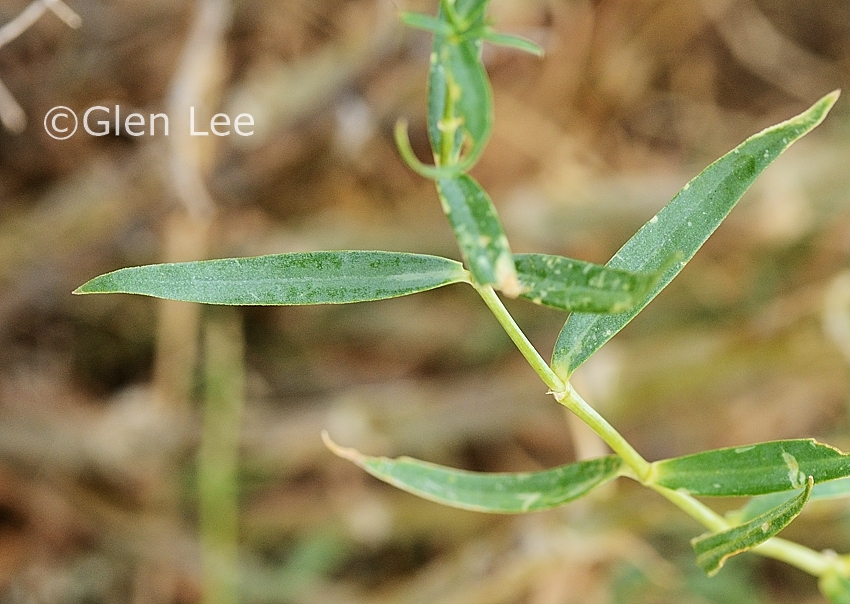



Gypsophila Paniculata Photos Saskatchewan Wildflowers




Plant Id Forum Baby S Breath Gypsophila Elegans Garden Org
Gypsophila plants, commonly referred to as baby's breath, are a genus of herbaceous flowering plants in the Caryophyllaceae family Perennial species, suchGypsophila paniculata is a perennial herb growing up to 3 ft (09 m) tall with a thick, deep, tap root and branched stems Foliage Leaves are cauline, with bases not clasping Blades linearlanceolate to oblonglanceolate, larger leaves 075 in(29 cm) in length Flowers The flowers' calyx is in (13 mm), lobes glabrous, apex rounded to obtuse Petals are white orGypsophila Paniculata Plants for Sale Baby's Breath White End your growing season on a graceful note with clouds of tiny, pure white bloomsGypsophila Paniculata, or Baby's Breath, is an exceptionally coldhardy plant that grows and blooms vigorously from late summer into fall The blossoms emerge on wellbranched stems with negligible leaves, creating perfect pillows and




Gypsophila Paniculata Flamingo Baby S Breath Care Plant Varieties Pruning Advice



Festival Star Baby S Breath Gypsophila Paniculata Festival Star In Long Lake Wayzata Orono Minnetonka Eden Prairie Minnesota Mn At Otten Bros Garden Center
Baby's breath (Gypsophila) is a fastgrowing flowering plant with loose clusters of tiny flowers There are around 150 species of plants in the genus Gypsophila that grow as annuals or hardy perennials Baby's breath plants are native to Europe, Asia, some parts ofLearn more about Gypsophila paniculata Baby's Breath from The Plantium Explore our plant database and build your plant listBaby's breath should be left undisturbed in the garden to avoid damage to the large, fleshy roots It is resistant to salt, drought, and damage by deer Insects, Diseases, and Other Plant Problems In parts of central and western America, it may be considered a




Baby S Breath Flowers Gypsophila Plant And Growing Guide Pictures




Baby S Breath Invasive Species Council Of British Columbia
Baby's BreathAuthor Lexie Boyens Baby's breath (Gypsophila paniculata) is an herbaceous perennial It usually grows between 2 and 4 feet (60 and 1 cm) tall with a similar spread This plant has slender stems and narrow leaves, with showy white sprays of flowers To keep baby's breath plants happy, plant them in full sun in a site with good drainageGypsophila is a very cute perennial or annual that blooms in summer A summary of Gypsophila facts Name – Gypsophila Family – Caryophyllaceae Type – perennial Height – 8 to 40 inches ( to 100 cm) Exposure – full sun Soil – ordinary, chalky, well drained Flowering – May to September Caring for it from planting to pruning is easy and its ornamental impact is guaranteed




Artificial Flower Gypsophila Paniculata Flower Bouquet White Baby Breath Wedding Branch Plant Stem Png Pngwing




How To Grow Baby S Breath Gypsophila Gardener S Path
How to Grow Gypsophila Plants in your Garden Gardener's HQ Guide to Growing Baby's Breath, Gyp, & Soap Root Members of the Gypsophila plant genus can be hardy annuals or perennials They range in height from 15 to 90 cm (0 6 to 36 inches) in height Gypsophila plants have lance shaped, linear to triangular leaves and wire like stems Gypsophila (baby's breath) are annual, hardy perennial or alpine plants that are grown for their sprays of tiny, buttonlike flowers in summer, in shades of white or pale pink Gypsophilas are a member of the carnation family, CaryophyllaceaeA favorite for cut flowers and arrangements, Baby's Breath (Gypsophila paniculata) also deserves a place in the landscape Its airy clouds of white or pink tiny flowers add both contrast and texture to the perennial border from early summer to fall Their billowy appearance is most attractive and has a softening effect on the surrounding plants



How To Grow Baby S Breath Gardening Channel




Learn About Baby S Breath Burpee
Gypsophila paniculata, commonly called baby's breath, is a herbaceous, taprooted perennial native to meadow steppes, woodland margins, and other open habitats on calcareous or sandy soils in Eurasia Mature plants reach around 23' tall with a similar spread and take on Gypsophila paniculata 'Bristol Fairy' (Baby's breath 'Bristol Fairy') Perennial with small dark green leaves and branched stems It produces panicles of small white double flowers in summer It can reach 75cm in height and 1m in widthGypsophila paniculata 'Festival' – Baby's Breath – Add to quote SKU PDE Categories Full Sun, Mid Summer NewPhoto2 Description Reviews (0) Description Gypsophila – There are about 100 species of annuals and herbaceous, semi evergreen, or evergreen perennials, sometimes woody based, some cushion or mat forming plants, in this




Gypsophila Repens Filou Rose Creeping Baby S Breath Filou Rose In Gardentags Plant Encyclopedia



Summer Sparkles Baby S Breath Gypsophila Paniculata Esm Chispa In Boston Hopkinton Chelmsford Hingham Middleborough Massachusetts Ma At Weston Nurseries
Baby's breath (Gypsophila paniculata) Photo credit Emmet Judziewicz Herbaceous perennial that can be 24' tall The bluegreen stems are wiry and freelybranched The stems are covered with a white powdery film and are hairless Overview Other names for this plant include Common names tall baby'sbreath, baby'sbreath Scientific names Gypsophila paniculata var paniculata



Gypsophila Paniculata Baby S Breath Minnesota Wildflowers




Gypsophila Plant Growing Guide Baby Breath Flowers Gyp




Gypsophila Paniculata Simple English Wikipedia The Free Encyclopedia




Gypsophila Paniculata Baby S Breath




Plantfiles Pictures Gypsophila Baby S Breath Hardy Baby S Breath Festival White Gypsophila Paniculata By Hczone6




Common Weeds Of The Canadian Prairies Weeds Gypsophila Paniculata L Baby S Breath A Much Branched Perennial 2 To 3 Feet High With Hnear Lanceolate Leaves Flowers Numerous White I Inch Across Petals Same Length




Gypsophila Images Stock Photos Vectors Shutterstock




Gypsophila Baby S Breath How To Grow And Care c Gardeners World Magazine




Baby S Breath Description Species Facts Britannica




Growing Gypsophila Paniculata Plants How To Care For Baby S Breath




Baby S Breath Flower Gypsophila Types Grow And Care Tips Florgeous
/Diamond-FrostEuphorbia-5b64a492c9e77c00507eb608.jpg)



Baby S Breath Euphorbia Plant Care Growing Guide




Baby S Breath Flower Gypsophila Types Grow And Care Tips Florgeous




Shop Baby S Breath White Breck S




White Baby S Breath Bare Root Gypsophila Plants Gypsophila Commonly Known As Baby S Breath Is A Hardy Plant That Gr Kachim Perekati Pole Cvetochnye Kompozicii




Babys Breath Plant High Resolution Stock Photography And Images Alamy




Grow Your Own Babys Breath The Radish Patch Baby S Breath Plant Plants Planting Flowers




733 Gypsophila Paniculata Illustrations Clip Art Istock



Q Tbn And9gcrbdqckij59glial Inupvxc0menkvi 3zkzez6uijcsy9lymb7 Usqp Cau
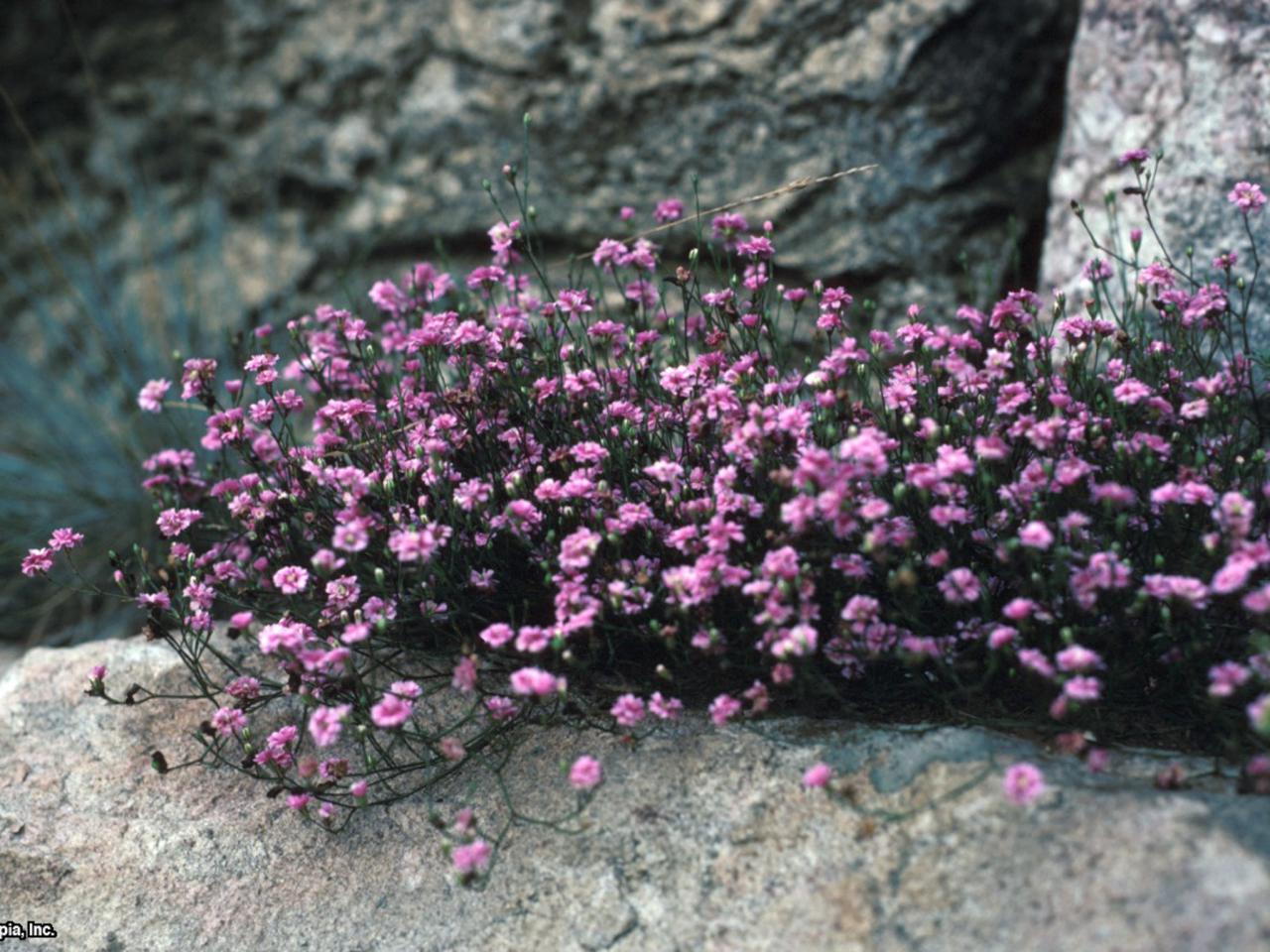



How To Grow Baby S Breath And Use It In Arrangements Hgtv




456 Gypsophila Paniculata Baby Breath Photos Free Royalty Free Stock Photos From Dreamstime




Buy Gypsophila Paniculata Snowflake Baby S Breath Sarah Raven




Why Is My Gypsophila Dying Diagnosing Common Baby S Breath Problems




Gypsophila Paniculata Photos Saskatchewan Wildflowers




Baby S Breath Invasive Species Council Of British Columbia




Growing Baby S Breath Caring For And Drying Baby S Breath



1




How To Grow Baby S Breath Gypsophila Gardener S Path




Baby S Breath



Gypsophila Paniculata Baby S Breath Minnesota Wildflowers




Shop Baby S Breath Pink Breck S



Buy Gypsophila Paniculata Bristol Fairy Baby S Breath In The Uk




How To Care For Baby S Breath In San Jose Ca




Baby S Breath Plant Gypsophila How To Grow And Care Plantopedia




Plant Id Forum Baby S Breath Gypsophila Elegans Garden Org



Gypsophila Paniculata Baby S Breath Minnesota Wildflowers




Gypsophila Paniculata



Gypsophila Paniculata Baby S Breath Minnesota Wildflowers




Common Baby S Breath Gypsophila Paniculata In Columbus Dublin Delaware Grove City Gahanna Bexley Ohio Oh At Oakland Nurseries Inc




Gypsophila Baby S Breath Plant Care Tips Horticulture Co Uk




Gypsophila Paniculata Baby S Breath




Gypsophila Paniculata Baby S Breath




Pink Fairy Baby S Breath Gypsophila Paniculata Pink Fairy In Columbus Dublin Delaware Grove City Gahanna Bexley Ohio Oh At Oakland Nurseries Inc




Blurred Background Of Gypsophila Flowers Stems And Leaves Also Known As Baby S Breath Delicate White Pink And Green Shades Shallow Depth Of Field With Bokeh Stock Photo Picture And Royalty Free Image
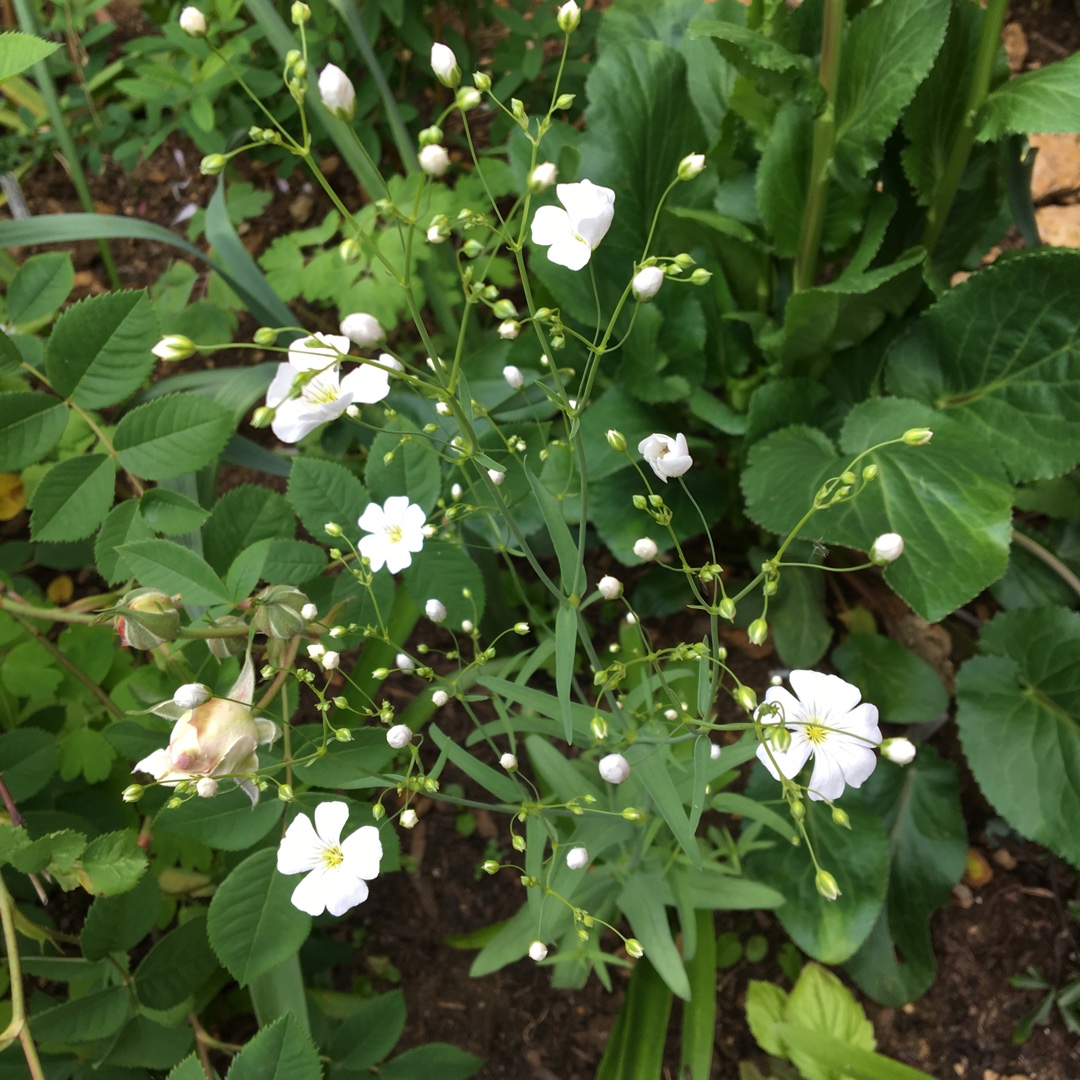



Gypsophila Monarch White Baby S Breath Monarch White In Gardentags Plant Encyclopedia




Gypsophila Paniculata Perennial Baby S Breath Wildflower Seeds




How To Grow Baby S Breath From Seeds And Cuttings 21 Masterclass




Rhs Advice Tips On Garden Indoor Plants Plant Finder Selector Rhs Gardening



Gypsophila Paniculata Plants For Sale Baby S Breath Pink Easy To Grow Bulbs




Babys Breath Plant High Resolution Stock Photography And Images Alamy




Baby S Breath Flowers Gypsophila Plant And Growing Guide Pictures




Gypsophila Paniculata Perennial Biennial Seeds Thompson Morgan Baby S Breath Plant Plants Perennials




Cl Artificial Shrubs Faux Plastic Eucalyptus Leaves Bushes Fake Simulation Greenery Plants Baby S Breath Gypsophila Paniculata Flowers Indoor Outside Home Garden Office Wedding Home Decor Orange Amazon Co Uk Garden Outdoors




Gypsophila Snowflake Garden Express




How To Grow Baby S Breath Gypsophila Gardener S Path



Baby S Breath Plant Care Growing Guide




Artificial Flowers 7 Fork Gypsophila Paniculata Plastic Grass Plant Baby Breath Fake Flowers Bouquet For Home Wedding Decoration Artificial Dried Flowers Aliexpress




Gypsophila Baby S Breath Plant Care Tips Horticulture Co Uk
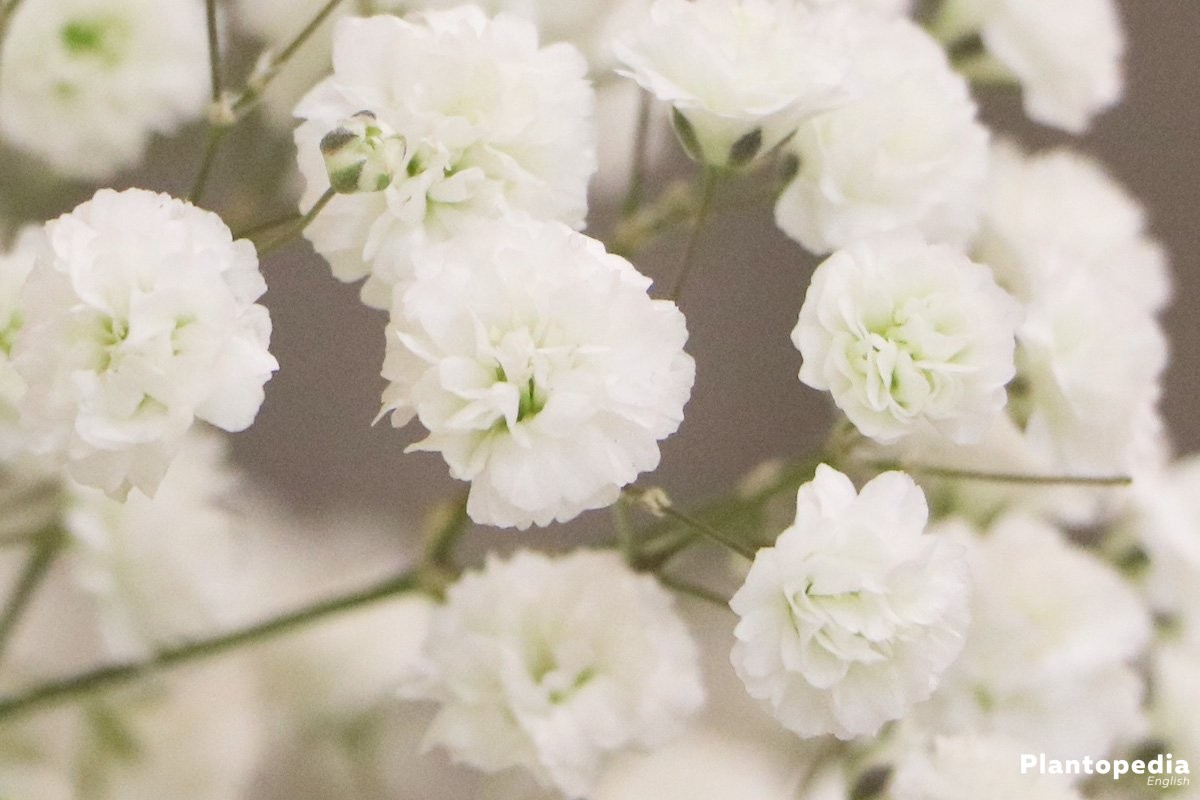



Baby S Breath Plant Gypsophila How To Grow And Care Plantopedia




Baby S Breath Plant Gypsophila How To Grow And Care Plantopedia




Gypsophila Paniculata Wikispecies




Baby S Breath Flowers Gypsophila Plant And Growing Guide Pictures




Gypsophila Plant Growing Guide Baby Breath Flowers Gyp




How To Grow Baby S Breath Gardening Channel




Light Floral Background Of Gypsophila Paniculata Baby S Breath Stock Image Image Of Color Design




Starting New Baby S Breath Plants How To Propagate Baby S Breath Flowers



Summer Sparkles Baby S Breath Gypsophila Paniculata Esm Chispa In Boston Hopkinton Chelmsford Hingham Middleborough Massachusetts Ma At Weston Nurseries



Selected Discover Life




Babys Breath Plant High Resolution Stock Photography And Images Alamy



1




Baby S Breath Gypsophila Paniculata Growing Planting Caring




Amazon Com Cl Artificial Shrubs Simulation Green Plant Gypsophila Paniculata Baby S Breath Potted Large Pine Flowers Ornaments Indoor Plastic Flowers Bonsai Decorations Color 2 Home Kitchen
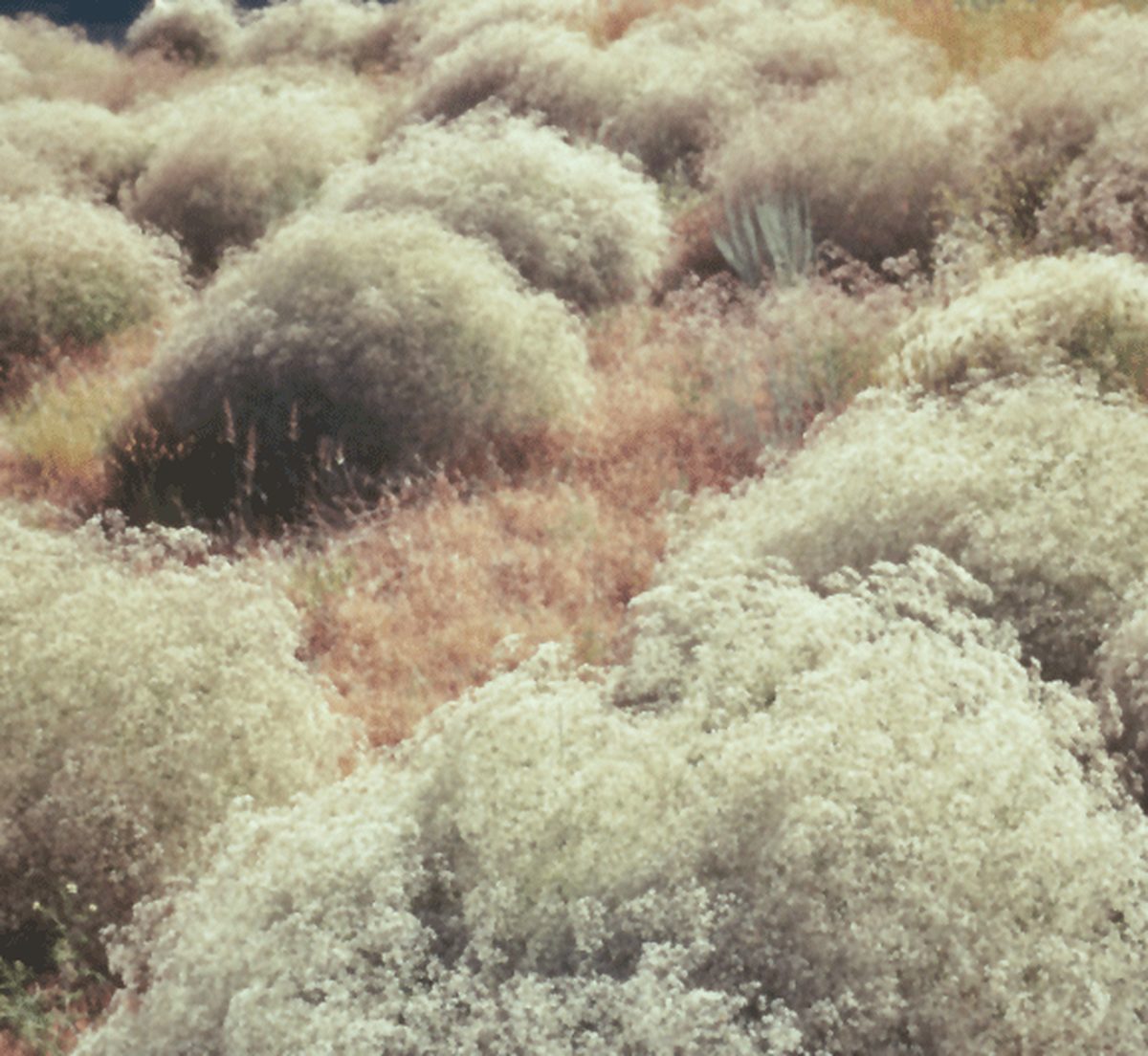



Washington State Noxious Weed Control Board




Gypsophila Baby S Breath Planting And Growing Guide
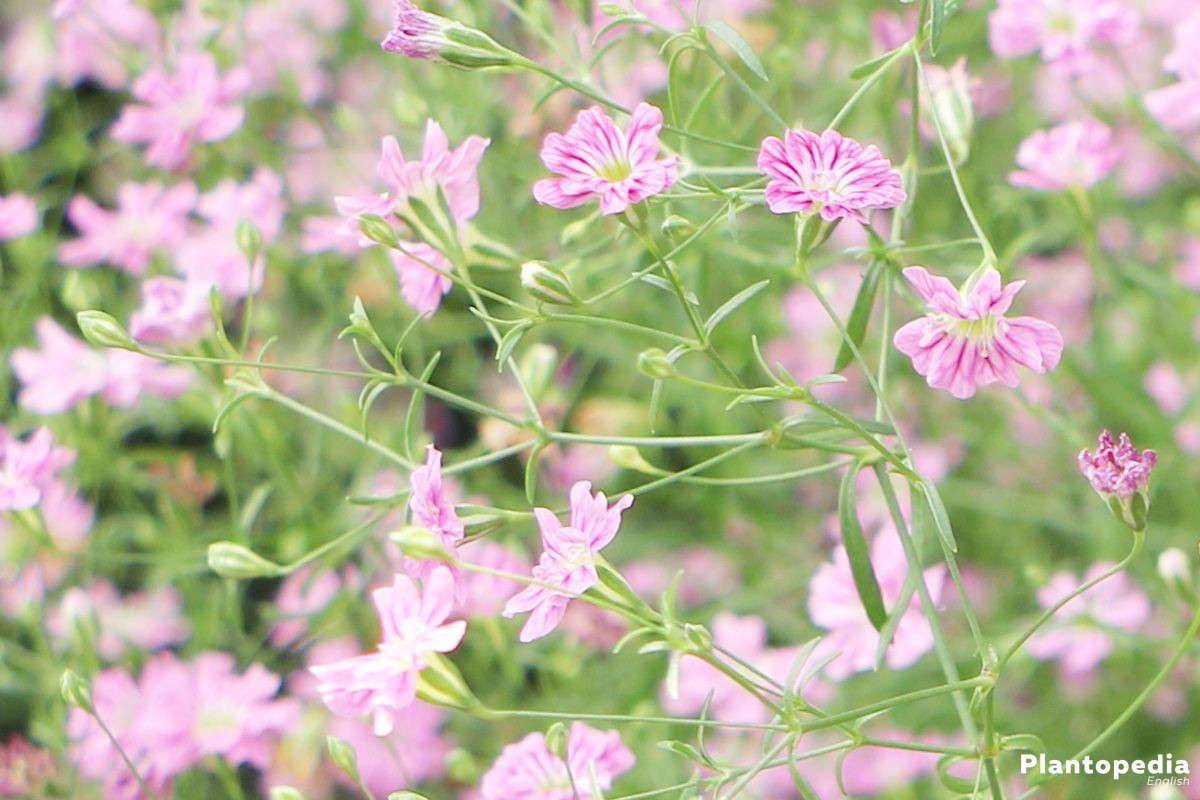



Baby S Breath Plant Gypsophila How To Grow And Care Plantopedia




Gypsophila Paniculata Tall Baby S Breath Go Botany




Babys Breath Small Flowers Latin Name Gypsophila Paniculata Canstock




Buy Gypsophila Paniculata Bristol Fairy Baby S Breath In The Uk




Free Photo Baby S Breath Flowers And Leaves Against Yellow Background



1




Babys Breath Plant High Resolution Stock Photography And Images Alamy
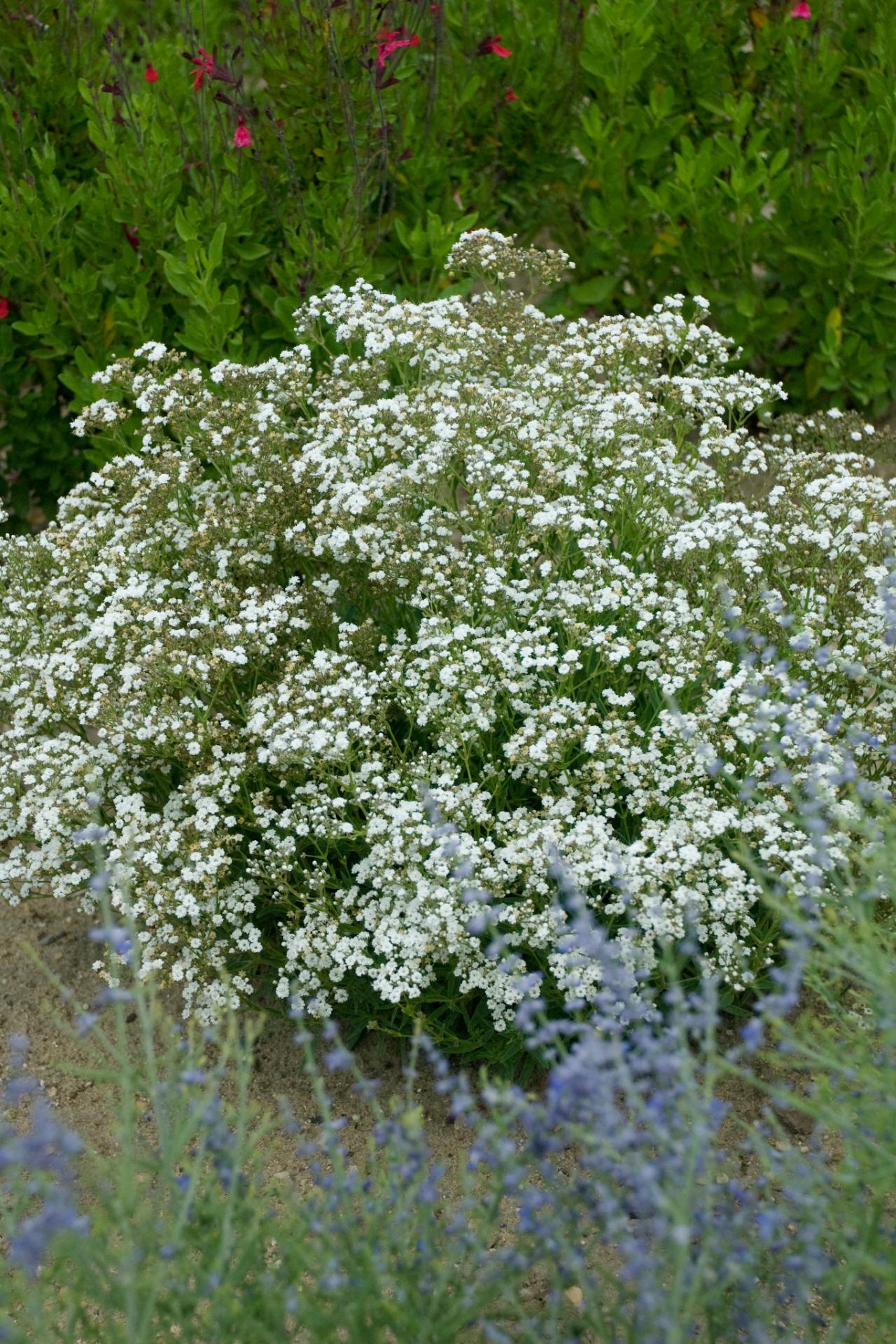



How To Grow Baby S Breath And Use It In Arrangements Hgtv
コメント
コメントを投稿